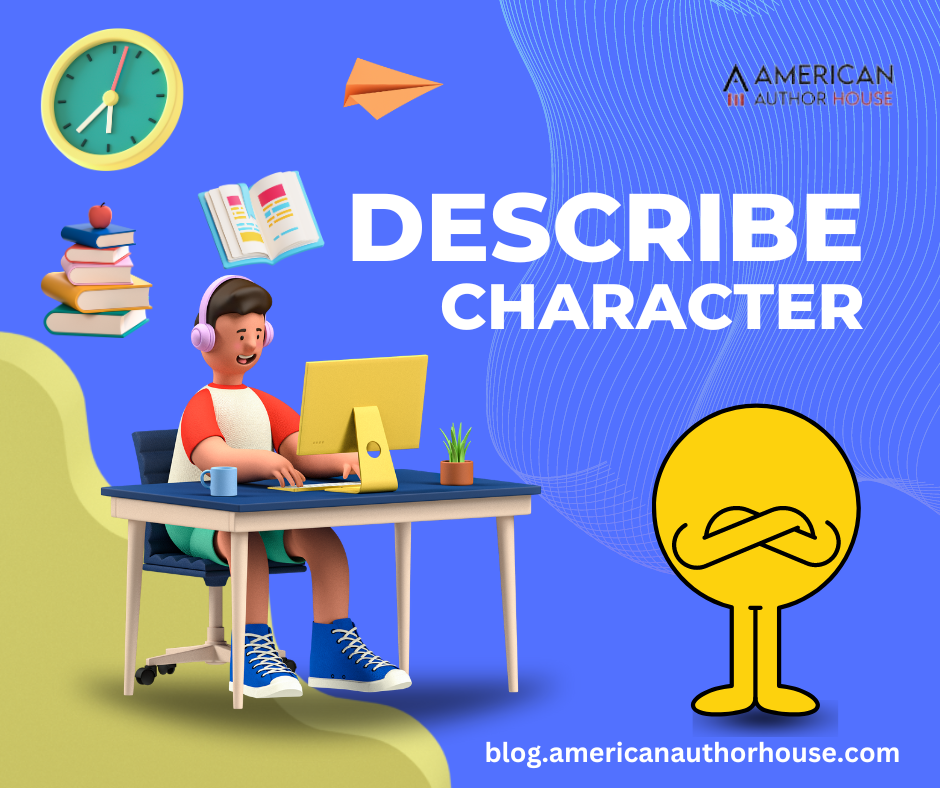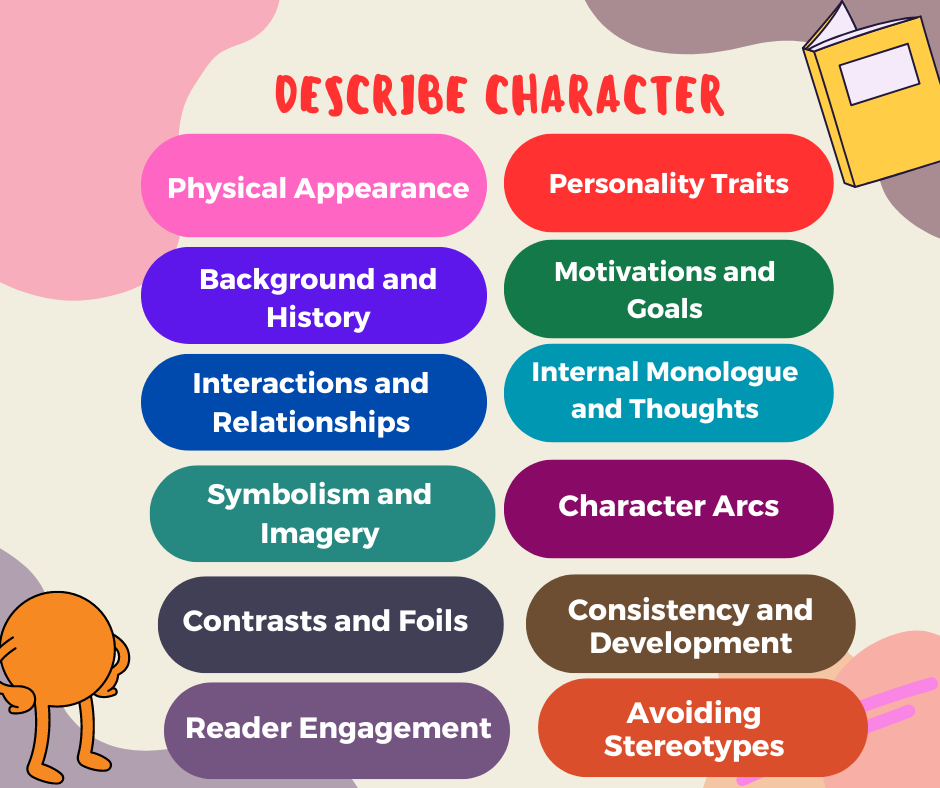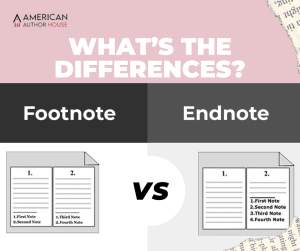
Writers
Introduction
Character development is a crucial aspect of storytelling that breathes life into the narrative. While plot and setting provide the framework for a story, the characters drive it forward, capturing the readers’ imaginations and eliciting emotional responses. To effectively develop characters, writers must delve deep into their personalities, motivations, and relationships. This article will explore various elements writers use to describe characters, bringing them to life and creating a compelling narrative.

Physical Appearance
When writers describe characters, they often begin by detailing their physical appearance. However, it’s not merely about stating their eye color or hair shade.”. It’s about describing those features in a way that tells us something more about the character. For instance, instead of just saying someone has blue eyes, we might say they have “deep, thoughtful blue eyes that seem to carry a hint of sadness,” which suggests there’s more to their personality than meets the eye.
Personality Traits
Characters come alive through their actions, what they say, and how they interact with others. By showing how a character behaves, whether funny, shy, confident, or serious, readers can start to understand who they are. How dynamic characters talk, their chosen words, and tone all help paint a picture of their personality.
Background and History
Everyone has a story, and characters are no different. Exploring a character’s past experiences helps readers understand why they act as they do. By knowing where a character comes from, what they’ve been through, and what motivates them, readers can relate to them better and see them as more than just words on a page. This backstory adds depth and makes characters feel real.
Motivations and Goals
When talking about what motivates characters, we’re digging into what makes them tick. Imagine you have a friend who wants to become a famous musician. That’s their goal, their big dream.
Maybe they’ve had a tough time in the past, and they see music as their ticket to a better life. Or maybe they just love the feeling they get on stage. These motivations shape how your friend behaves and their choices in pursuing their goal. In stories, the character’s motivations and goals are the fuel that drives the plot forward and makes things happen.
Interactions and Relationships
Think about how you act around different people in your life. You might be more playful with your friends, respectful with your teachers, and politer with your grandparents. Characters in stories are the same way.
How they interact with each other—whether they’re best friends, enemies, or somewhere in between—says a lot about who they are. By showing these interactions, writers can describe characters’ personalities and how they change and grow over time.
Internal Monologue and Thoughts
Have you ever had a conversation with someone, but you were thinking about something different in your head? Characters in stories do that, too! Exploring their inner thoughts and feelings helps us understand why they do the things they do. Maybe a character puts on a tough exterior, but inside, they’re scared or lonely.
Symbolism and Imagery
Sometimes, words can mean more than just their literal definitions. Consider how a red rose might symbolize love or a dark, stormy night might represent danger. In stories, freelance writers use symbols and imagery to add deeper layers of meaning to their characters and journeys.
Maybe a character always wears a locket with a picture inside, symbolizing their longing for someone they’ve lost. Or maybe a crumbling old mansion represents the decay of a once-great family. These symbols help readers connect with the characters and understand the story’s themes on a deeper level.
Character Arcs
Think of a character arc as a journey. At the story’s start, a character might have certain beliefs, flaws, or fears. But as the story progresses, they go through experiences that change them. Maybe they overcome their fears, learn from their mistakes, or discover new strengths. By the end of the story, they’re not the same person they were at the beginning. Character arcs show this growth and change, which makes the story more interesting and relatable.
Contrasts and Foils
Imagine you have two friends who are complete opposites. One is outgoing and adventurous, while the other is shy and cautious. Putting these characters together in a story can create interesting dynamics. Their differences highlight each other’s strengths and weaknesses. Maybe the adventurous friend helps the shy one come out of their shell, or they clash because of their contrasting personalities. Either way, contrasts and foils describe characters and the story’s depth.
Consistency and Development
Characters should feel like real people with consistent personalities and traits. But that doesn’t mean they can’t change and grow. The key is to make sure their development feels natural and believable. Maybe a character starts stubborn and headstrong, but throughout the story, they learn to listen to others and compromise. This change should be rooted in the experiences they have and the challenges they face. Keeping this balance between consistency and development makes characters feel authentic and engages readers in their journey.
Reader Engagement
Engaging readers through well-developed characters is key to creating a memorable story. By crafting characters readers can relate to and empathize with, writers can foster emotional connections that keep readers invested in the narrative.
Avoiding Stereotypes
Avoiding stereotypes and clichés is crucial when you describe character. Instead of relying on tired book tropes, writers should strive to develop unique, complex, and multifaceted characters.
Impact on Plot
Character development directly impacts the plot, driving the storyline forward and shaping its direction. As characters grow and change, they face new challenges and conflicts, leading to dynamic and engaging narratives. So, it is important to develop a character properly. If you don’t know how to do it, you can get assistance from professional services such as American Author House.
Conclusion
Character development is essential for creating rich and immersive storytelling experiences. By describing various aspects of characters, including their physical appearance, personality traits, motivations, relationships, and inner thoughts, writers can bring them to life and captivate readers’ imaginations. Through careful crafting and attention to detail, characters can evolve from mere words on a page to fully realized individuals who resonate with audiences long after the story ends.



